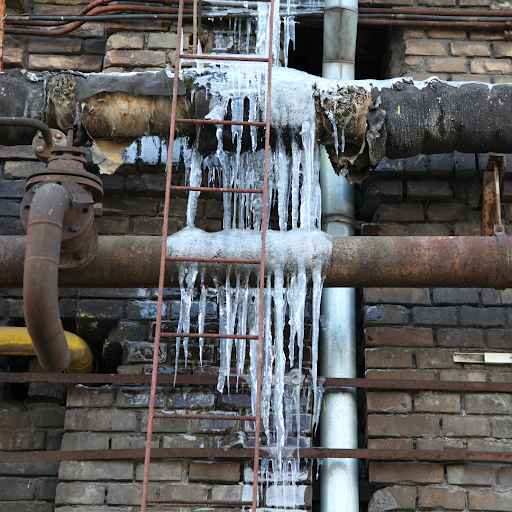Protecting Your Pipes from Freezing: Best Tips
Protecting Your Pipes from Freezing: Best Tips
Blog Article
They are making several good pointers on the subject of Prevent Frozen Pipes as a whole in the content which follows.

Cold weather can damage your plumbing, specifically by freezing pipelines. Right here's how to prevent it from occurring and what to do if it does.
Intro
As temperature levels drop, the risk of icy pipelines boosts, possibly leading to costly repair services and water damage. Understanding how to prevent frozen pipes is important for house owners in chilly environments.
Recognizing Icy Pipelines
What causes pipelines to freeze?
Pipes freeze when exposed to temperature levels listed below 32 ° F (0 ° C) for expanded durations. As water inside the pipelines ices up, it expands, putting pressure on the pipe walls and possibly creating them to burst.
Risks and damages
Icy pipes can cause water system interruptions, residential property damage, and expensive repair services. Burst pipelines can flooding homes and create considerable architectural damages.
Signs of Frozen Piping
Determining icy pipelines early can prevent them from breaking.
Just how to determine frozen pipes
Seek decreased water flow from faucets, unusual smells or noises from pipelines, and visible frost on exposed pipelines.
Prevention Tips
Insulating vulnerable pipelines
Cover pipes in insulation sleeves or use heat tape to safeguard them from freezing temperature levels. Focus on pipes in unheated or external locations of the home.
Home heating methods
Keep interior areas adequately warmed, particularly areas with plumbing. Open cabinet doors to permit cozy air to circulate around pipes under sinks.
Protecting Outdoor Pipes
Garden hoses and outdoor faucets
Disconnect and drain yard hose pipes prior to winter months. Install frost-proof faucets or cover exterior faucets with shielded caps.
What to Do If Your Pipelines Freeze
Immediate activities to take
If you think frozen pipes, maintain taps open to eliminate pressure as the ice melts. Utilize a hairdryer or towels soaked in warm water to thaw pipes gradually.
Long-Term Solutions
Structural changes
Think about rerouting pipelines far from outside walls or unheated areas. Include extra insulation to attics, cellars, and crawl spaces.
Upgrading insulation
Purchase premium insulation for pipelines, attic rooms, and wall surfaces. Proper insulation assists maintain consistent temperature levels and minimizes the danger of frozen pipelines.
Conclusion
Stopping frozen pipes requires positive procedures and fast responses. By understanding the causes, indications, and safety nets, property owners can protect their plumbing throughout winter.
5 Ways to Prevent Frozen Pipes
Drain Outdoor Faucets and Disconnect Hoses
First, close the shut-off valve that controls the flow of water in the pipe to your outdoor faucet. Then, head outside to disconnect and drain your hose and open the outdoor faucet to allow the water to completely drain out of the line. Turn off the faucet when done. Finally, head back to the shut-off valve and drain the remaining water inside the pipe into a bucket or container. Additionally, if you have a home irrigation system, you should consider hiring an expert to clear the system of water each year.
Insulate Pipes
One of the best and most cost-effective methods for preventing frozen water pipes is to wrap your pipes with insulation. This is especially important for areas in your home that aren’t exposed to heat, such as an attic. We suggest using foam sleeves, which can typically be found at your local hardware store.
Keep Heat Running at 65
Your pipes are located inside your walls, and the temperature there is much colder than the rest of the house. To prevent your pipes from freezing, The Insurance Information Institute suggests that you keep your home heated to at least 65 degrees, even when traveling. You may want to invest in smart devices that can keep an eye on the temperature in your home while you’re away.
Leave Water Dripping
Moving water — even a small trickle — can prevent ice from forming inside your pipes. When freezing temps are imminent, start a drip of water from all faucets that serve exposed pipes. Leaving a few faucets running will also help relieve pressure inside the pipes and help prevent a rupture if the water inside freezes.
Open Cupboard Doors
Warm your kitchen and bathroom pipes by opening cupboards and vanities. You should also leave your interior doors ajar to help warm air circulate evenly throughout your home.

As a passionate person who reads about How to Prevent Your Pipes From Freezing, I assumed sharing that short article was smart. Do you know somebody who is truly interested in the niche? Be sure promote it. Bless you for your time. Return soon.
Try Here Report this page